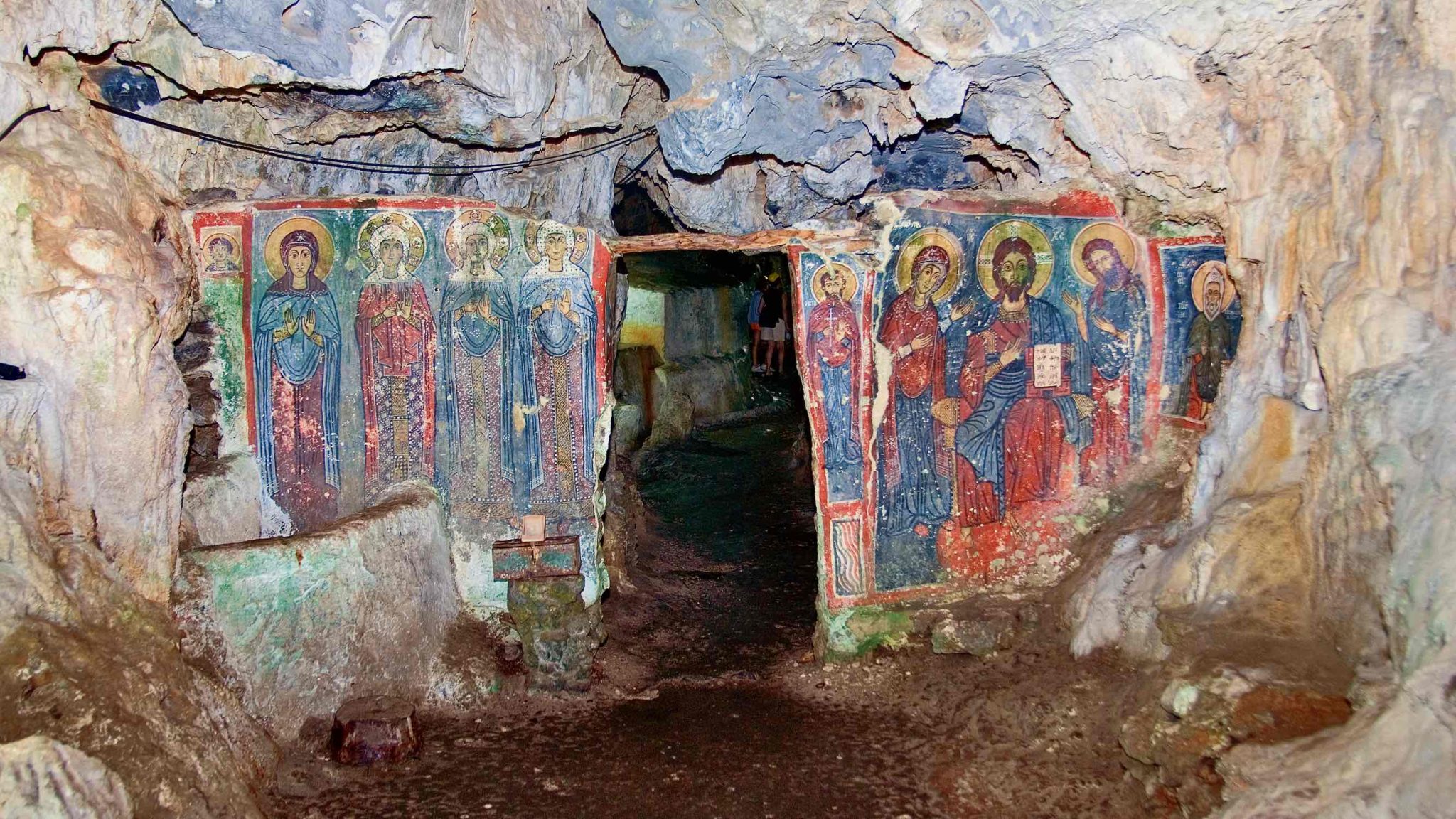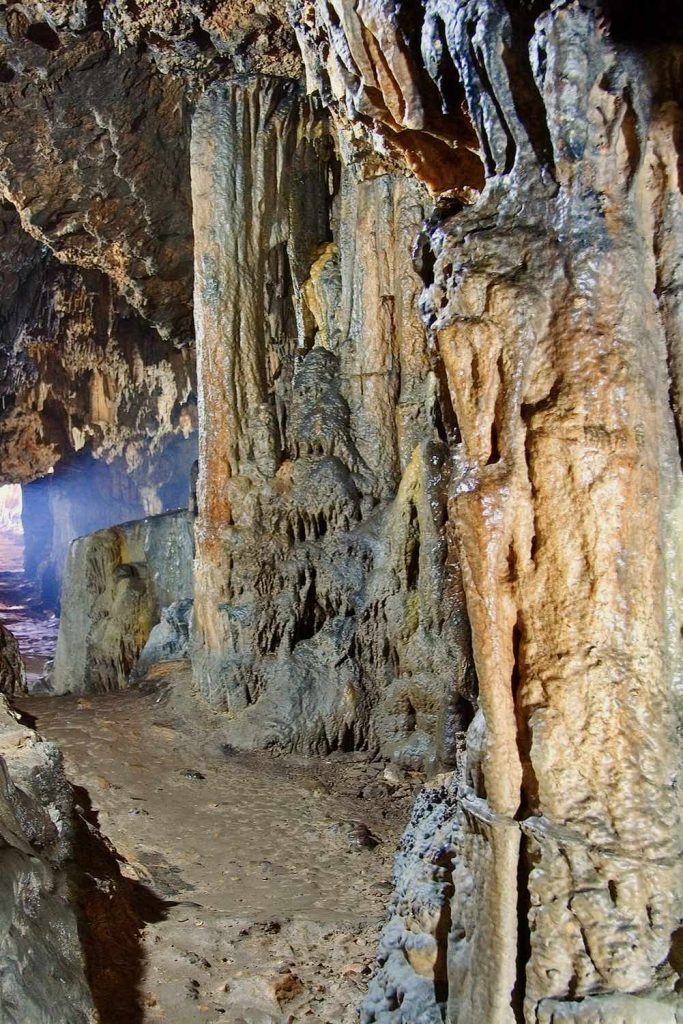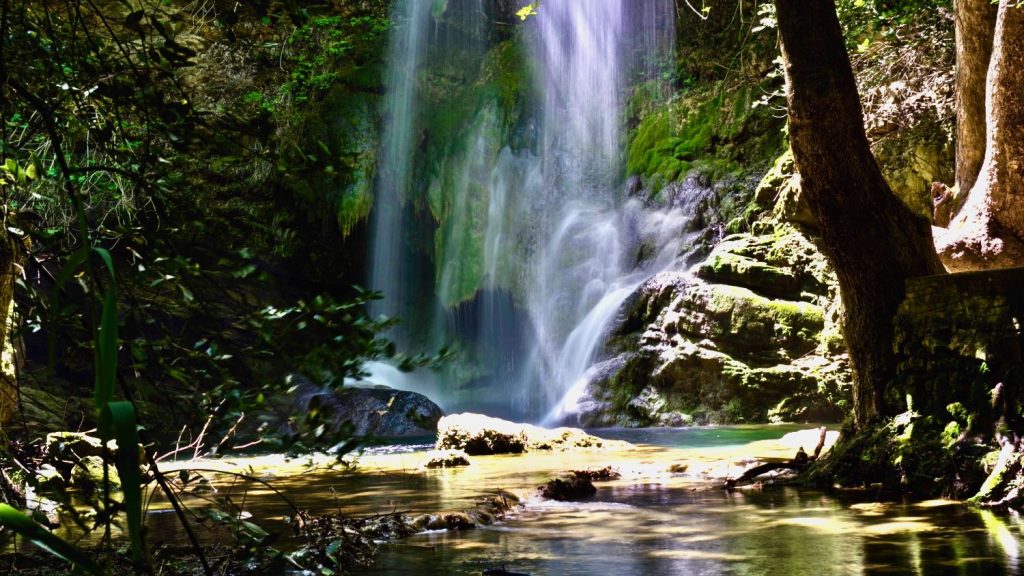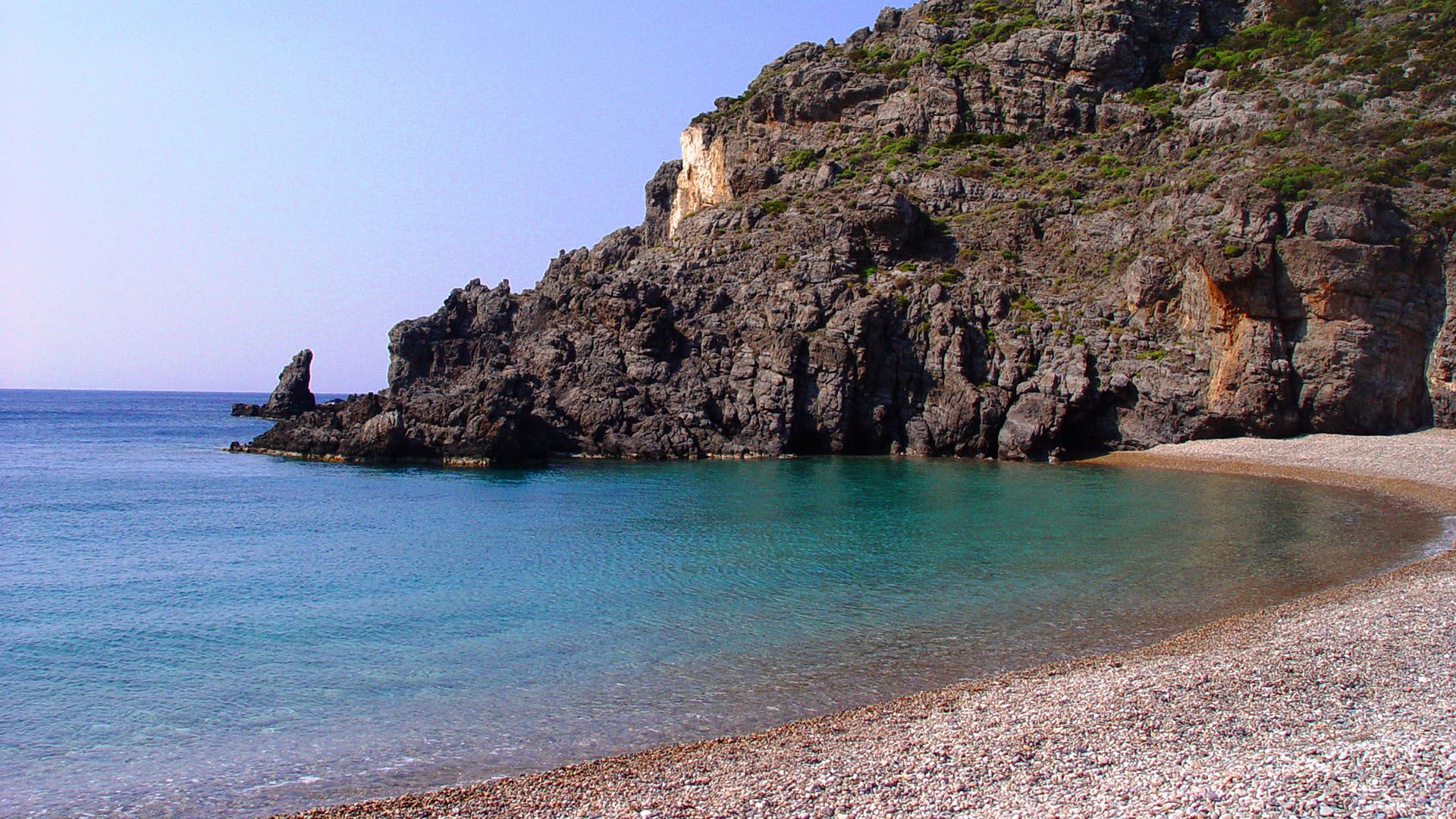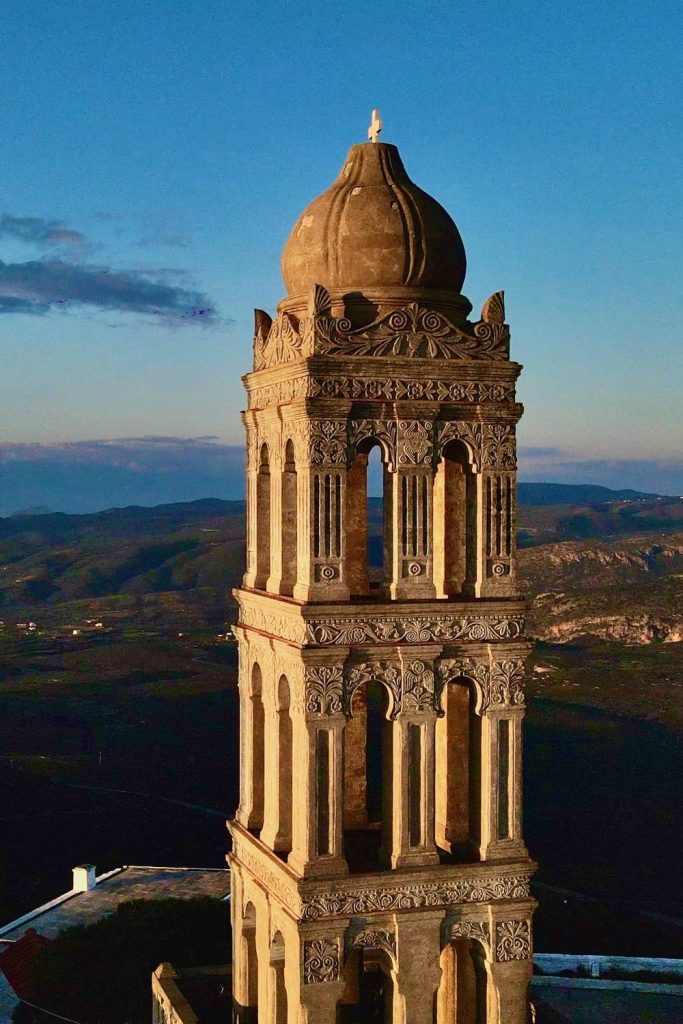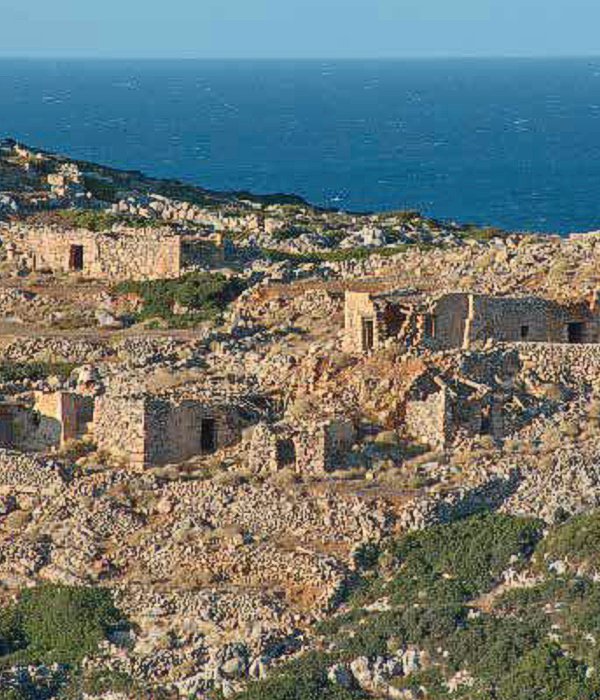Mylopotamos, Kato Chora and Piso Pigadi
Useful
Information
6WWM+FW Kythira Municipality, Greece
Informations
Address:
6WWM+FW Kythira Municipality, Greece
Mylopotamos, Kato Chora and Piso Pigadi
The area is designated as a Landscape of Special Natural Beauty. It is a protected area of 171 hectares with a total perimeter of 6.6 km, a maximum altitude of 400 m and a minimum of 133.0 m. The local community of Mylopotamos includes 4 settlements (Mylopotamos, Kato Chora, the Piso Pigadi, the Areous). It is a traditional village with rich vegetation and many waters. The settlement of Mylopotamos is located at a distance from the sea and consists mainly of folk-agricultural houses, which due to the high density of buildings created a complex whole. The settlement was connected by a wall. Its houses have a morphological homogeneity, which gives the settlement a special color. Due to limited space inside the castle were built complexes of two-story houses. Outside the castle, the houses are larger.
The Castle of Mylopotamos, built by the Venetians on a steep rock in the west of the island, controlled traffic in the Ionian Sea. The imposing gate of the fortress is dominated by the lion of Saint Mark of Venice with the Latin inscription “Pax tibi Marco evangelista meus 1565”. Inside the castle are preserved many churches of the 16th-17th century, of excellent architecture, full of frescoes of wonderful art, as well as houses that were inhabited until the 1950s. The castle encloses a true necropolis.
The cave of Saint Sophia Mylopotamos, is the only touristic cave of Kythera. It is located in a steep area west of Kythera, about 60 meters above the sea, a short distance from the village of Mylopotamos and near the beach of Limniona. It was once a sanctuary of the Nymphs and later a place of worship in the Christian years. The cave has a total area of 2,000 square meters. Meters. The stalactites and stalagmites offer a unique sight with their color variety, in shades of red, white and black. Inside the cave is the chapel of the homonymous Saint. Its entrance faces west with an excellent view towards the sea. It was first explored in 1930 by the speleologists Ioannis and Anna Petrohilou, and in the 70s remodeling work was carried out inside, in order to make it accessible to the general public. The tourist route is approximately 220 m long, while it consists of a network of corridors and chambers with a total area of 2,200 sq.m. The cave has a very rich stalagmite and stalactite decoration, because of which the chambers have been given various names: Bath of Venus, Hall of Amber, Cypresses, Bats, Fir, Swan Lake.
Its use as a place of worship begins as early as the last quarter of the 13th century, which is dated to a fresco that adorns a wall with a central gate immediately after the entrance to the cave. As the surviving micrograph inscription testifies, the work belongs to a painter of the time named Theodoros. On the left of the gate, Saint Panteleimon and Saint Sophia with their daughters Agapi, Elpida and Pisti are depicted in order. On the right, the island’s patron Saint Theodoros, the depiction of Deesis with Christ enthroned, flanked by the Virgin and John the Forerunner and finally Saint Theodosius the synoviarch. Saint Nicolas and Archangel Michael are depicted on the pilasters of the iconostasis. The preservation of the frescoes is very good, due to the constant conditions of temperature, humidity and lighting that prevail in the cave. Moving towards the interior of the cave there is the small church of St. Sophia, which was built in 1875 and operates every year on September 17. In the alcove of the sanctuary, above the rock, the Deesis was depicted, from which the very worn form of the Virgin Mary is preserved. Opposite the water there is a small natural lake, which was used for many years as a swimming pool for children with health issues.


